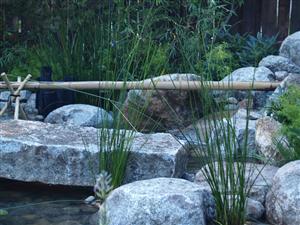
Start Your Journey into Landscaping Here
The garden landscape incorporates both soft and hard features. Soft landscaping is concerned with trees, shrubs, lawns, and living components. Hard landscaping is concerned with the solid features such as paths, paving, walls and structures. Most competent landscapers and gardeners have an understanding of both soft and hard landscaping.
Learn to think like a garden designer
In this course you will learn about how to take pre-planning information on site, the principles of garden design, what makes different garden styles, creating drawings, constructiion methodology behind different types of walls and surfaces, use of landscape features, applying knowledge to garden and park design, and perceptual tricks designers use to make use of garden space.